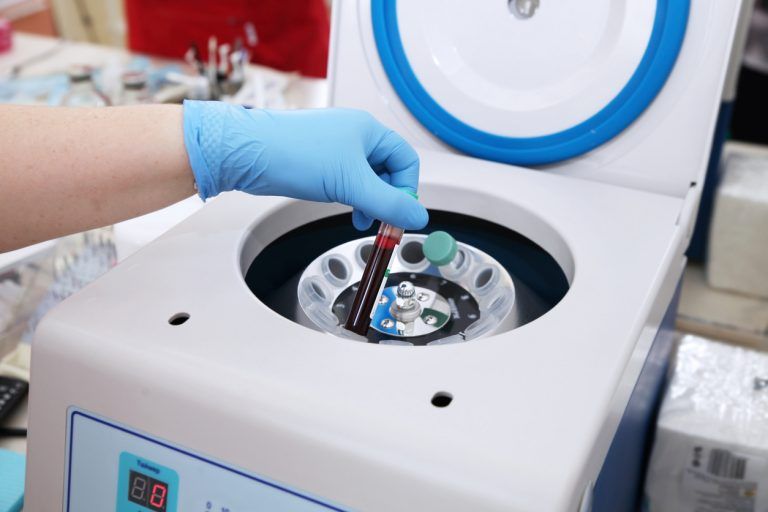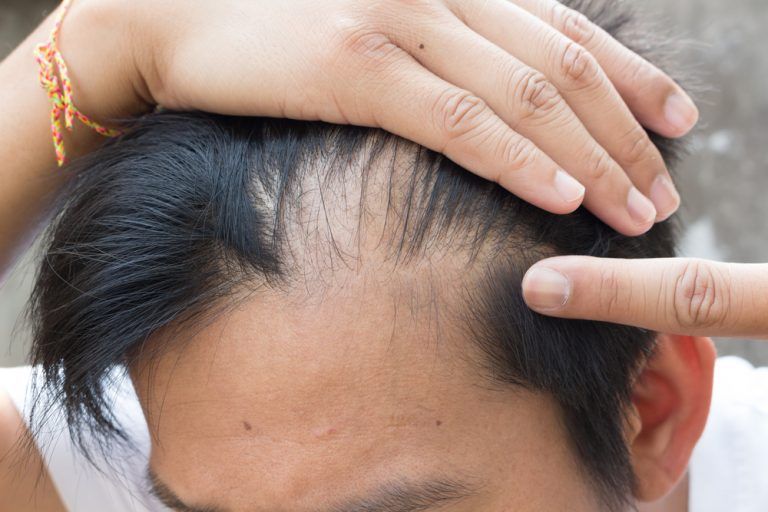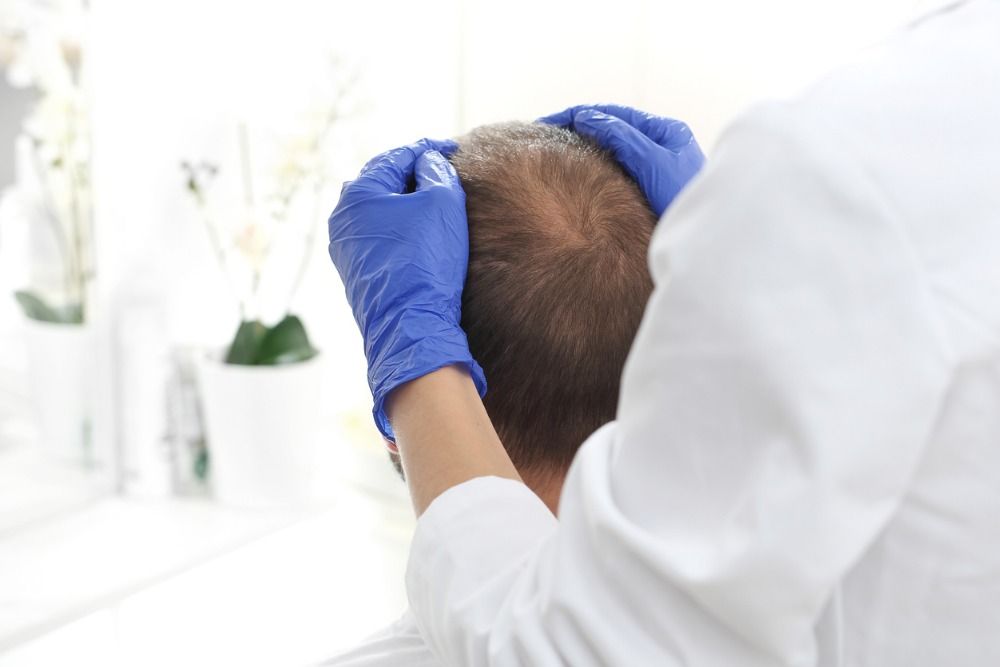PRP Injections for Hair Loss: Worth It or Not?
PRP stands for platelet-rich plasma, a component of your blood that contains special factors that can be used in the treatment of various issues. (Learn More) PRP therapy has been used for male pattern baldness, but the treatment is not currently approved by the FDA. (Learn More) The side effects of PRP therapy for hair loss are minimal. (Learn More) But there are certain conditions that may exclude you from this type of treatment. (Learn More) Because your insurance will most likely not cover the treatment, it’s wise to investigate alternatives to address your hair loss before spending money on PRP treatments. (Learn More)
Platelet-Rich Plasma
Platelet-rich plasma (PRP) is a component of your blood that contains special proteins and other factors that support cell growth and help your blood to clot. PRP is produced by isolating plasma from your blood and then attempting to make it more concentrated. It is designed to stimulate damaged tissue and promote healing in certain instances. While the Food and Drug Administration (FDA) approves certain procedures to extract plasma from the blood to develop PRP therapies, the FDA currently does not approve PRP as an effective treatment for hair loss. It may be approved at some point in the future. PRP treatments have been used since the 1980s to treat muscle tears, tendon damage, and ligament injury.

PRP Therapy for Hair Loss
Physicians have used PRP injected into the scalp in an effort to promote hair growth. There is some research to suggest it might be effective in treating male pattern baldness (androgenic alopecia). Some clinical research has demonstrated positive results. However, the overall results are weak to moderate at best for the effectiveness of the treatment. Despite the need for more research, many clinicians still use the process. In most cases, the process requires three treatments that occur four to six weeks apart, followed by maintenance treatments about every four to six months. The process typically occurs according to the following steps:
There is a blood draw from your arm, and your blood is placed in a centrifuge machine that spins rapidly to separate the fluids in your blood.
After a while, there will be a separation of three components of your blood: platelet-rich plasma, red blood cells, and platelet-poor plasma.
The technician will remove the platelet-rich plasma and then inject PRP into areas of your scalp that need hair growth.
The treatment will be repeated each time you return.
Because the centrifuge machine works rapidly, you will wait while the machine separates the components in your blood and then get the injection.
Is PRP Treatment for Hair Loss Covered
According to most clinical sources like the American Academy of Orthopedic Surgeons, there are very few insurance plans that will reimburse the cost of PRP injections for hair loss. Most people pay a significant proportion of the cost out of pocket. At the current time, due to lack of approval for treating hair loss, insurance companies consider it an experimental treatment, and these treatments are typically not covered. Costs can be variable. They may range from about $500 to $1,200 or more per treatment.
Possible Side Effects of PRP
Most of the side effects of PRP treatment are relatively mild. Because it involves the use of substances that are extracted from your own blood, the risks are relatively small. The following are potential side effects you should be aware of:
Infections
Pain
Tissue damage
Potential nerve damage

Treatment Ineligibility
There are some conditions that may eliminate you for eligibility to be treated with PRP for hair loss. You might be a good candidate for PRP if:
Your hair loss is in its early stages.
You are not completely bald. You have areas on your scalp where hair follicles can still be observed.
The “bald spots” on your head are relatively small (with some hair).
You are in relatively good health.
You may not be eligible for the treatment if you:
Have a history of cancer.
Have a history of liver disease.
Have a low platelet count or are on blood thinners.
Have blood infections like sepsis.
Are diabetic.
Use tobacco products frequently.
Have metabolic conditions like a thyroid disorder.
Have a history of addiction.
Alternatives
Because the treatment is not approved by the FDA and many insurance companies will not provide coverage for it, you may wish to consider alternatives. Propecia, Rogaine, and hair transplant surgery are alternatives to PRP. These other options are more likely be covered to some extent by your insurance.
References
Does Platelet-Rich Plasma Injection Work? (December 2018). Pain Science.
Platelet-Rich Plasma in Androgenic Alopecia: Myth or an Effective Tool? (April 2014). Journal of Cutaneous and Aesthetic Surgery.
Platelet‐Rich Plasma for Androgenetic Alopecia: Does It work? Evidence From Meta-Analysis. (September 2017). Journal of Cosmetic Dermatology.
Platelet‐Rich Plasma (PRP). (September 2011). The American Academy of Orthopedic Surgeons.
Hair Loss Got You Down? Platelet-Rich Plasma May Regrow It. (August 2017). Cleveland Clinic.
Propecia (Finasteride). (June 2018). RxList.
Minoxidil - Topical, Rogaine. (March 2011). Medicine.net.

Related Articles

PRP Injections for Hair Loss: Worth It or Not?
PRP stands for platelet-rich plasma, a component of your...

Perceptions of Personal Grooming
A new lover calls up, and although you're ready to get it...

DHT Shampoos: Pros, Cons & Do They Work?
Dihydrotestosterone (DHT) is an androgen hormone produced...

Nutrition and Skincare
A nutritious diet can benefit you in a number of ways...
